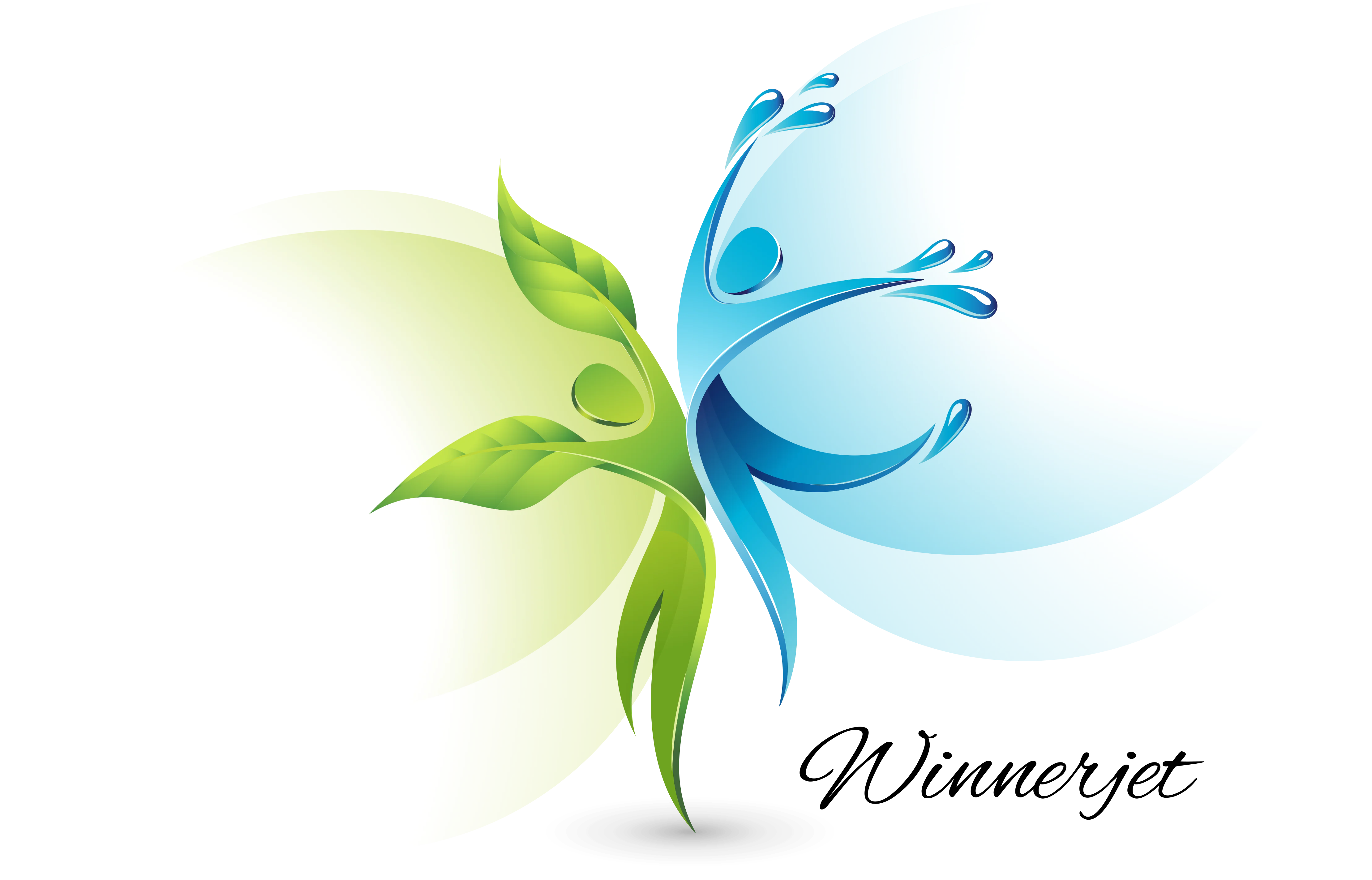UV DTF Printing is an emerging technology that uses ultraviolet light to cure inks and immediately create a pattern on the film. The transfer is then completed by pressing the film on the media with a finger and peeling it off.
What is the difference between uv dtf and dtf?
UV DTF Printing and DTF Printing are both part of the printing industry, so let’s compare the differences and find a business approach that works better for you.
| Feature | UV DTF Printing | DTF Printing |
| Working Principle | Printing of the design on the transfer film using UV-curable inks and transfer to the substrate | Transfer the design from the transfer film to the fabric via a heat press. Applicable materials |
| Applicable materials | Hard materials, ceramics, plastics, metals, glass, wood panels, etc | Soft materials include cotton, polyester, nylon, silk, and leather |
| Durability | High, resistant to friction and environmental erosion | Good, but it may not be as durable as UV DTF prints |
| Application | Wide range of applications, suitable for decoration and labeling various hard materials. | Mainly for the personalization of clothing and home decor |
| Equipment requirements | UV flatbed printer, laminating machine | DTF printer, heat press machine |
| Transfer film type | Two types of transfer film are required: self-adhesive PET transfer film (A film) and protective film (B film) | Specialized DTF transfer film with an ink-absorbent coating |
| Ink types | UV DTF inks, including soft, complex, and flexible inks | DTF inks, compatible with inkjet DTF printers |
| Cost | The higher initial investment requires specialized UV printers and inks | Lower initial cost due to the need for specialized UV equipment and inks |
| Productivity | High, due to instant curing of UV inks | Relatively low, additional curing and heat press time required |
| Market Outlook | A positive trend due to versatility, a wide range of applications, and cost-effectiveness | Stable, especially in the textile printing market |
| Environmentally Friendly | Often more environmentally friendly due to reduced use of inks | This may require the use of additional hot melt adhesive powder chemicals and handling steps |
Let’s see how UV DTF Printing works!
Required equipment
- UV DTF Printer
- UV DTF Ink
- UV DTF Film(A Film And B Film)
Print step-by-step guide

- Prepare the design: design the desired pattern on the computer and convert it to a format compatible with UV DTF printers.
- Setting up the equipment: Load the film, calibrate the settings, and check and replenish the ink.
- Printing: UV DTF printers print UV DTF inks onto A-film, passed through UV light, rapidly curing and solidifying to complete the printed pattern.
- Lamination: Film A is laminated to Film B using a laminator to create the finished transfer.
- To transfer a design: Film A is peeled off and applied to the surface of the substrate, pressing repeatedly to ensure adhesion. Film B is then peeled off, and the design is permanently transferred to the substrate.
Benefits of UV DTF printing
- High-quality prints: UV DTF printing allows accurate color reproduction and detailed, saturated prints.
- Versatility: UV DTF printing can be done on various materials, including ceramics, plastics, metals, glass, wood, etc.
- Durability: With the UV curable ink process, UV DTF prints are highly resistant to fading, abrasion, and environmental damage.
- High productivity: The UV curing process ensures that prints dry instantly and are ready for use immediately after printing, significantly reducing production time and allowing for quick turnaround.
- Three-dimensional effects: UV DTF printing creates designs with a raised texture effect, adding a unique three-dimensional look to printed materials.
- Cost Benefits: The initial investment in equipment may be high, but the reduced need for pre-treatment, minimal waste, and shorter production times will save money in the long run.
- Environmental benefits: UV DTF printing produces less waste than conventional printing methods because there are no solvents or inks to dispose of.
Limitations of UV DTF Printing
- Color issues: UV DTF printing may experience color shifts, inaccurate reproduction, and inconsistent color matching.
- Cost: Specialised UV DTF printers and UV curing systems are required, resulting in higher entry costs. In addition, UV inks may have a shorter shelf life and require frequent replacement.
- Technical complexity: Involves multiple printing steps and precise machine settings, which can be complicated for beginners.
- Material compatibility: limited to certain hard material surfaces, cannot be used on fabric types.
- Environmental factors: Although UV DTF printing produces less waste, printers must operate in a controlled environment to prevent ink dehydration and dust build-up.
- Maintenance and care requirements: UV DTF printers may require frequent cleaning and ink changes to keep the print head clear and high quality.
Applications of UV DTF Printing

- Marked price: create eye-catching signage, banners, posters, and promotional materials.
- Personalized products: customized mobile phone cases, mugs, keychains, keyboards, and other merchandise.
- Home decor: printed tiles, glass vases, and other decorative items
- Packaging box decoration: paper box, metal box, wooden box, and other packaging box LOGO.
- Auto parts: printing on metal surfaces such as automotive spare parts, mechanical parts, etc.
Conclusion
UV DTF printing, an emerging printing technology, is becoming popular due to its flexibility, efficiency, high print quality, and durability. With the advancement of technology, UV DTF is expected to be more widely used in various industries and provide more business opportunities for enterprises.
Do I need a heat press for UV DTF printing?
No. UV DTF printing does not rely on a heat press for the transfer; instead, the design is transferred by finger pressure to remove the film.
Can UV DTF be used on shirts?
Yes, but it is generally not recommended. UV DTF printing works best on hard materials. Printing shirts with DTF printing is possible, which is more efficient and gives better results.
How long does UV DF printing last?
UV DTF-printed products can last years without noticeable breakage with proper use and care.
Is UV DTF printing suitable for dark-colored materials?
UV DTF printing is not well suited to dark-colored materials as the required white ink may appear dull and not achieve the desired results.
How do I choose the right UV DTF printer?
When selecting a UV DTF printer, consider print quality, device features, support services, and budget. Ensure the device you choose meets your needs and can handle different substrates.


